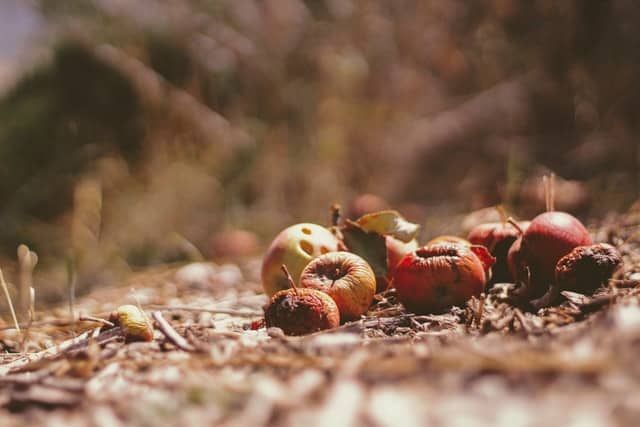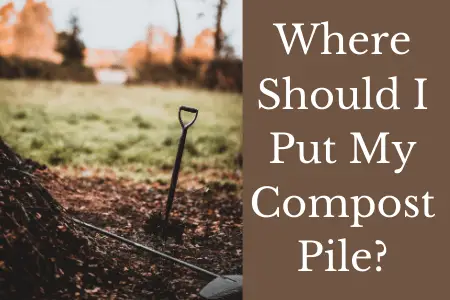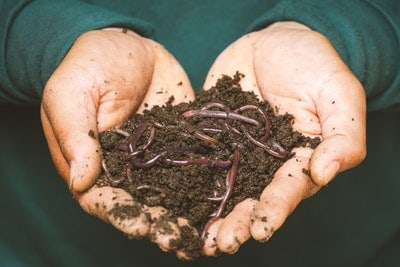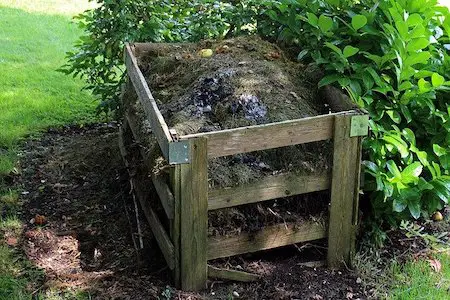Composting is commonly referred to as the decomposition of organic matter. It is a practice with very great environmental advantages. Composting should be done in the right way to achieve the desired result. Some factors should be taken into consideration before you decide to start composting kitchen wastes.
Those factors include the place of residence, space available, nature of space available for composting, materials suitable for composting in the available space, etc. Careful analysis of these factors would help you to decide on the kind of composting technique you want to employ.
After carefully analysing the available methods of composting, you can decide to choose the method you can conveniently handle. Failure to make the right choices would lead to bad composting results. It would also leave room for wrong impressions about composting.
Among those factors to be considered before you begin composting, one of the most essential is the nature of available space for composting. This is very important because even if you use materials good for compost to build your pile so long as your compost is sited wrongly you would get unfavourable results.

There are some elements you should take cognisance of in siting a location for your compost pile. They determine the success of your composting activities.
You should consider placing your compost:
In a warm place: The location you choose should be an area with a nice warm temperature. In warm temperatures, the microorganisms are kept active, and microbial activity increases. An increase in microbial activity speeds up the breakdown of compost in the bin.
On the level ground: The area you choose to situate your compost pile should be well-drained and levelled. Areas that have issues with flood, erosion, and run-off should be avoided. Your compost pile wouldn’t do well when soaked; microbial activity would be put on hold and decomposition wouldn’t take place until the pile is properly drained. The materials in your pile would begin to rot and the pile might also get smelly.
In an area that can be comfortably accessed: To build up your pile and for adequate maintenance which includes regular turning, you need a place you can access easily without any difficulty. An easily accessible place would enhance the growth of your pile as you would eagerly take out food scraps, fruit peels, and the rest, to add to the pile.
Such enthusiasm wouldn’t be experienced if you have to go a long way or circumvent many spots to get to your compost bin. Regular turning would aid in aeration of the pile. It would introduce oxygen which is needed for the breakdown of the organic materials in the pile.
In a place with adequate shade: The pile should be protected from excessive exposure to sunlight, putting it in an area with shade guarantees this. Areas with shade would be cooler than areas under the direct gaze of the sun. Excessive exposure of your pile to sunlight would take moisture out of your pile and dry it up.
In a place close to water supply: Proximity to the water supply is another element that should be considered in the choice of a suitable location for your compost pile. Your compost pile needs to be properly moisturized. It is advisable to keep it within the reach of a hose or sprinkler.
In a place with weak wind action: The site for your compost should not be windy. Strong wind action would dry up the compost pile. Microorganisms in the compost need moisture for their activities, in a dry environment their activities would slow down.

The compost pile (or bin) should be placed in a moist place with high humidity to preserve the moisture of the pile. If you can’t find a nice place with weak wind action you can set up windbreaks. If you set your pile near a tree that serves as a windbreak the pile shouldn’t be set directly beneath the tree.
The roots of the tree can grow into the pile and it would end up serving as a nutrient for the tree instead of serving the purpose for which it was set up.
In a place with temperate temperature conditions: Extreme temperature conditions wouldn’t favour composting. Extreme high temperatures would be inconducive for the worms you’ve put in your compost bin and can even lead to their death. While cold temperatures inhibit the breakdown of the organic matter in the compost pile.
To avoid disturbance from small creatures seeking food and shelter in your compost bin, line the bin with mesh in the right places. Also, if you’d like to have your compost bin indoors, but you’re afraid to do so because you can’t stand the foul odour, there are ways to navigate that problem.
You might consider getting a compost carbon filter for your compost bin to prevent any odour from coming out. However, there are measures that you can take to stop your compost in your bin from emitting odour in the first place. Your compost needs organic materials rich in nitrogen and carbon but there is a balance that must be maintained to avoid odour problems.

For every portion of nitrogen-rich materials you add to your pile, you need about three times as much carbon-rich materials.
Materials rich in nitrogen decompose quickly giving off a lot of heat and add moisture to the pile. They tend to give off an odour as they breakdown. Materials rich in carbon aerate the pile. The nitrogen-rich materials should be layered with carbon-rich materials. Carbon-rich materials breakdown slowly so it is advisable to cut them into bits before introducing them into the pile.
Examples of carbon-rich materials are newspapers, writing papers, toilet paper, paper towels, paper napkins, brown paper, nutshells, etc. Examples of nitrogen-rich materials include vegetable trimmings, clipped grasses, fruit peels, eggshells, coffee grounds, cooked grains, etc.
Composting is a lot less difficult and a lot more productive when you site your pile or bin correctly. Before you choose a place for your outdoor compost pile or bin make sure you carefully assess all the elements above. Your household wastes would decompose faster and exude less odour when sited properly.





